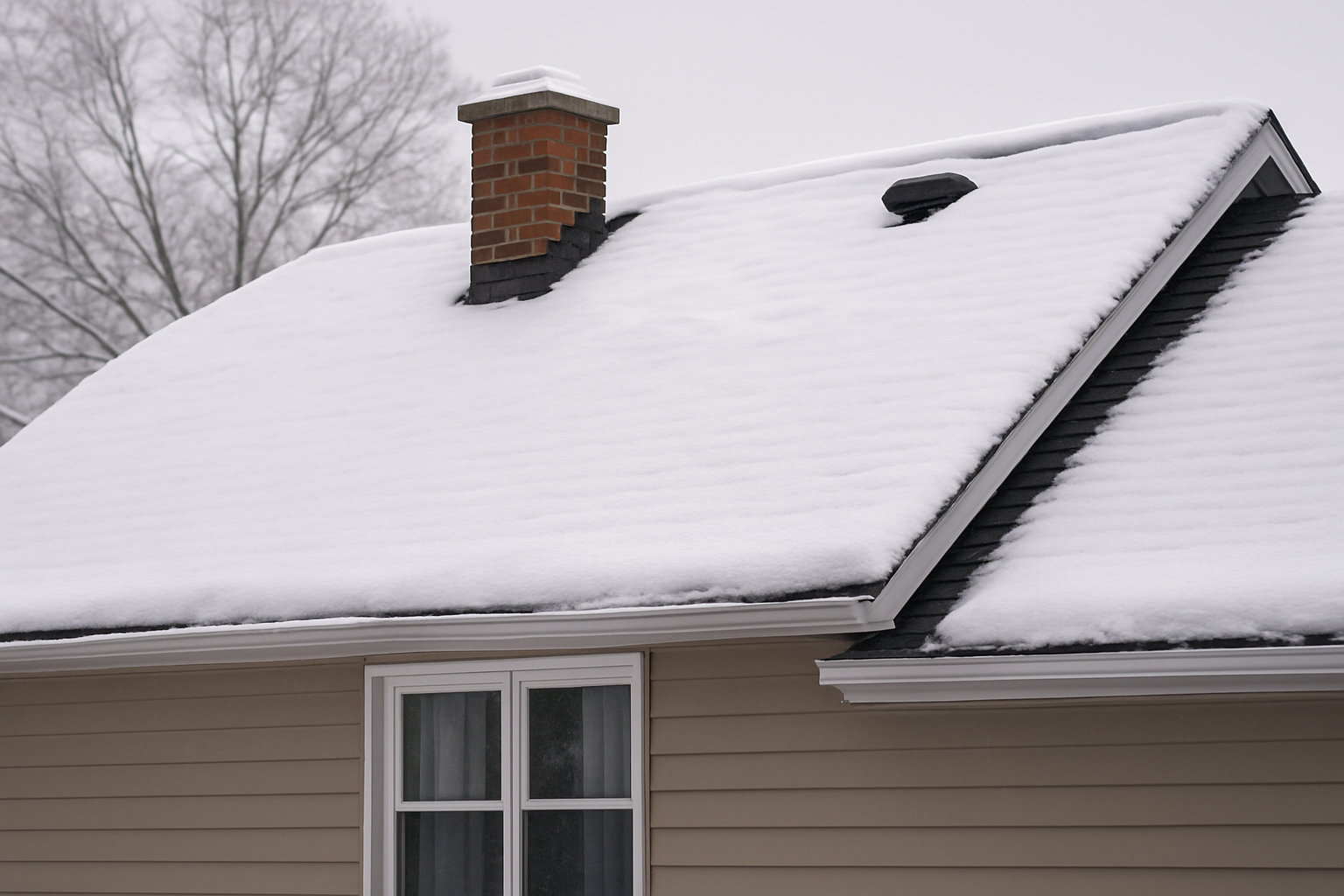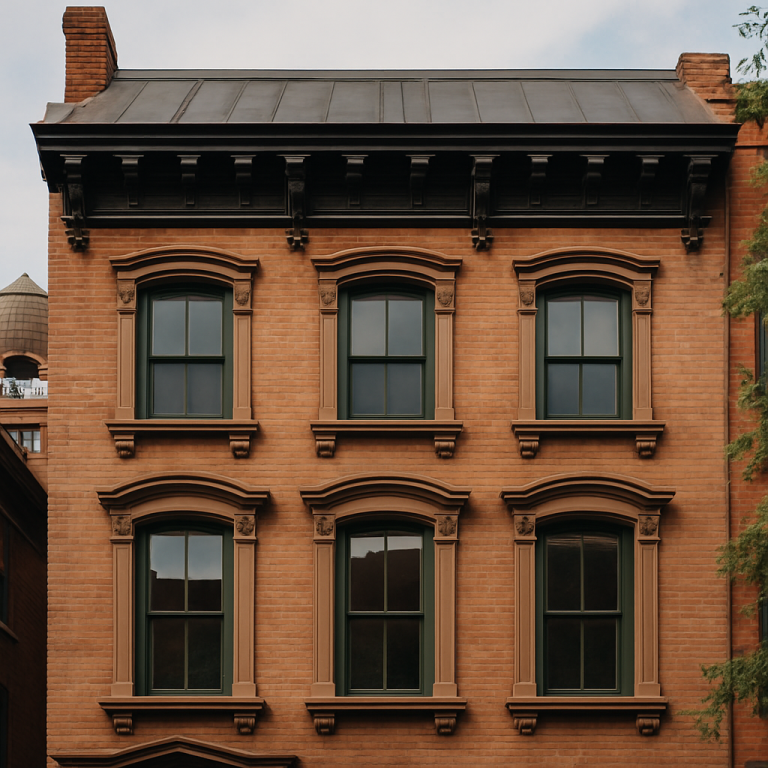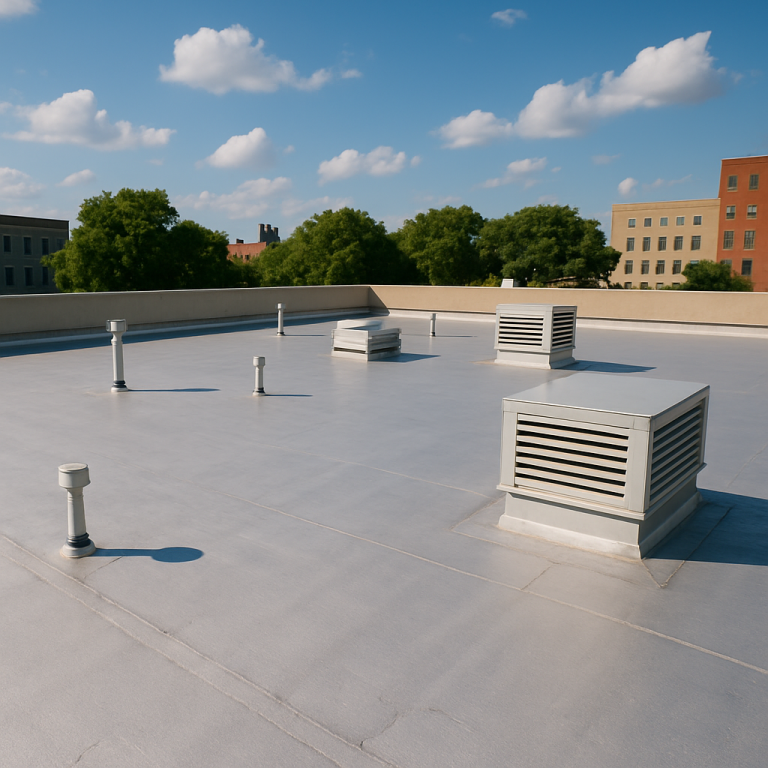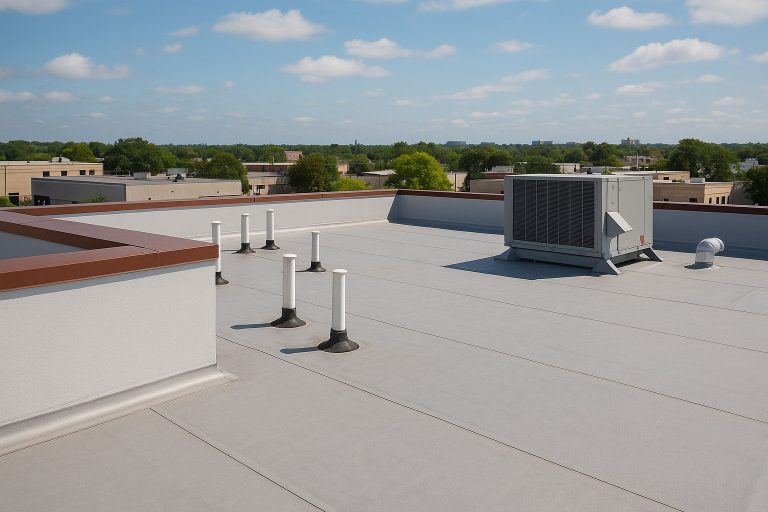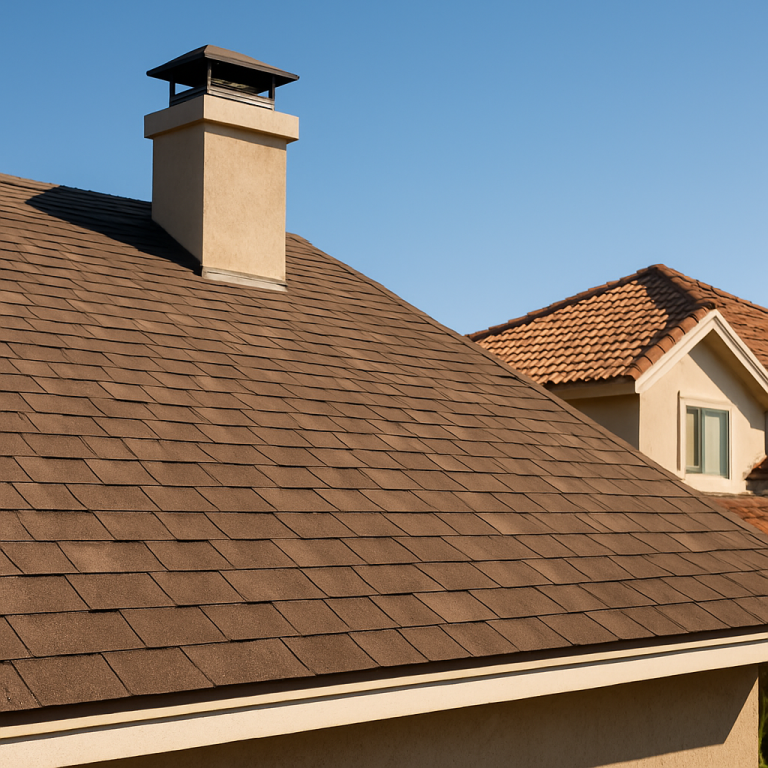Preparing Your Roof for Nor’easters in New Jersey
Nor’easters are some of the most powerful and damaging storms to hit the East Coast, and New Jersey is directly in their path. With heavy snow, relentless winds, and soaking rain, these storms can wreak havoc on your roof if it’s not properly prepared.
At Ortega Roofing Co, we specialize in helping New Jersey homeowners and businesses fortify their roofs before disaster strikes. Here’s everything you need to know about preparing your roof for Nor’easters and protecting your home from costly damage.
Table of Contents
What Makes Nor’easters Dangerous for Roofs
High Winds
Wind speeds during a Nor’easter can easily exceed 60 mph. These intense gusts can tear off shingles, lift flashing, and even loosen entire sections of roofing, exposing your home to water infiltration.
Heavy Rain and Snow Loads
Nor’easters can dump heavy rain and snow, sometimes in the same storm system. Combined moisture can cause leaks, overwhelm drainage systems, and place immense weight on roofing structures, risking collapse if your roof is already weakened.
Prolonged Storm Duration
Unlike quick-moving thunderstorms, Nor’easters often linger for days. Extended exposure to heavy precipitation and wind increases the likelihood of roofing failure, leaks, and interior water damage.
Essential Steps to Prepare Your Roof for a Nor’easter
Schedule a Professional Roof Inspection
Prevention starts with a thorough inspection. Roofing professionals from Ortega Roofing Co will assess your shingles, flashing, gutters, and attic ventilation to identify and correct vulnerabilities before a storm strikes.
Reinforce Roof Flashing and Seals
Loose flashing around chimneys, vents, and skylights is a major entry point for water during storms. Ensuring that flashing is properly secured and sealed prevents leaks when winds drive rain sideways.
Clean Gutters and Downspouts
Clear gutters allow rain and melting snow to flow off your roof properly. Clogged systems back up water onto the roof surface, increasing the risk of leaks, ice dams, and water pooling under shingles.
Trim Overhanging Trees
High winds can turn overhanging branches into battering rams. Trim back any trees that could crash into your roof, damaging shingles, gutters, and even structural components.
Secure or Replace Loose Shingles
Missing or damaged shingles create weak spots where water can easily enter. Secure any loose shingles and replace missing ones to maintain your roof’s water barrier before the storm season peaks.
Nor’easter Roof Preparation Checklist
| Task | Why It Matters | Recommended Timing |
|---|---|---|
| Roof Inspection | Detects hidden vulnerabilities | At least 1 month before storm season |
| Gutter Cleaning | Prevents water overflow | Every fall and pre-storm |
| Flashing Reinforcement | Protects roof penetrations | Pre-storm prep |
| Shingle Repairs | Reduces blow-off risk | Immediate if damage found |
| Tree Branch Trimming | Prevents impact damage | Annually, pre-storm season |
Why Professional Preparation Matters More Than DIY
Safety Risks
Walking on a roof, especially one compromised by age or weather, is extremely dangerous. Professional roofers have the safety equipment and training needed to perform pre-storm work safely.
Hidden Roof Damage
Small leaks, minor flashing separation, and weak shingle bonds can easily go unnoticed without a professional inspection. These minor issues become major entry points for Nor’easter-driven rain.
Insurance Compliance
Homeowners insurance companies expect policyholders to perform reasonable maintenance. A professional inspection and repair record from Ortega Roofing Co can make claims processing easier if storm damage occurs.
How Ortega Roofing Co Prepares New Jersey Roofs for Nor’easters
At Ortega Roofing Co, we offer complete storm preparation services, including:
- Comprehensive pre-storm roof inspections
- Flashing and shingle repairs
- Emergency tarping and leak mitigation
- Post-storm damage inspections and full repair services
- Assistance with insurance documentation and claims support
Our team is fully licensed, insured, and experienced with New Jersey’s unique weather patterns and building code requirements.
Frequently Asked Questions
When is Nor’easter season in New Jersey?
Nor’easter storms typically occur from late fall through early spring, with the highest frequency from November through March. Preparing your roof by late October is highly recommended.
What type of roofing material is best for Nor’easter resistance?
Architectural asphalt shingles, metal roofing, and high-quality underlayments offer excellent resistance to wind and water damage common during Nor’easters.
How much does a pre-storm roof inspection cost?
At Ortega Roofing Co, we offer affordable and often free roof inspections for New Jersey homeowners preparing for storm season. Contact us for a customized quote based on your home’s needs.
Will my homeowners insurance cover Nor’easter roof damage?
Most policies cover storm-related roof damage, but they require proof of maintenance and timely reporting. Pre-storm inspections can strengthen your claim if you experience storm damage.
How quickly can Ortega Roofing Co respond after a storm?
We offer emergency response services and prioritize storm damage calls. Our team can often be on-site within 24 to 48 hours after a major Nor’easter.
Protect Your Roof Before the Next Nor’easter Hits
When a Nor’easter targets New Jersey, it’s too late to wonder if your roof can handle the storm. The time to act is now. Protect your home with a professional inspection and storm preparation service from Ortega Roofing Co.
Contact Ortega Roofing Co today to schedule your pre-storm inspection. Our experts are ready to help you weather any storm with confidence and peace of mind.

